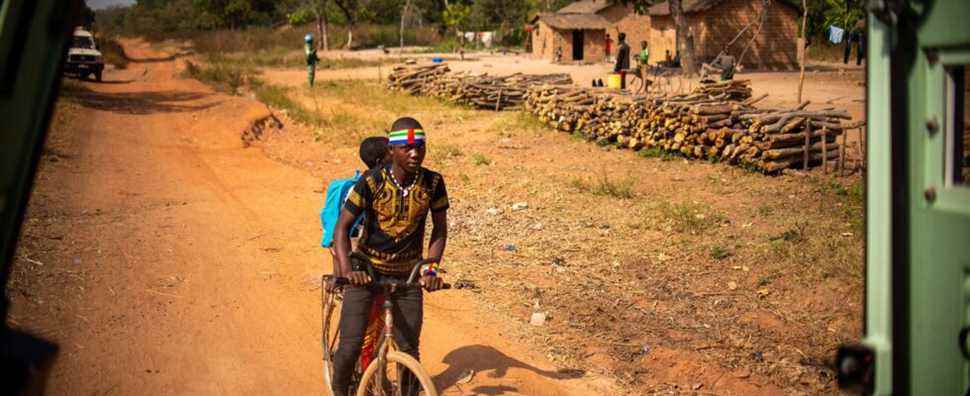Six peacekeepers were injured – two seriously – at the end of December by the explosion of mines as their vehicle passed through the north-west of the Central African Republic. For several months the armed groups raging in the country have resorted to guerrilla techniques to delay the advance of pro-government forces.
A year after being pushed back from large cities by Russian paramilitaries, rebel groups are far from being neutralized in the Central African Republic. They continue to fight against pro-government forces and rely on improvised explosive devices (IEDs) to repel any offensive.
Unidentified explosive devices are scattered on many strategic axes and threaten the civilian population and the humanitarian organizations that come to their aid on a daily basis.
“The presence of explosive devices limits the number of patrols and hinders the mission of protecting civilians.”
Noam Assouline, spokesperson for the United Nations Mission in the Central African Republic in Paoua (north-west)to AFP
At the end of December, six peacekeepers were injured by the explosion of mines buried on two different roads. At least twenty civilians were killed because of these devices in 2021, according to the UN. The mines are mainly laid by the rebels of the 3R group (Retour, Réclamation, Réhabilitation), one of the most powerful armed groups in the Central African Republic.
As early as April 2021, UN Secretary-General Antonio Guterres warned against this new threat, which is hampering the action of humanitarian organizations.
“When there was only fighting, we took advantage of the lulls to pass but the mines blocked the access.”
Mahoua Coulibaly, head of the World Food Program in Paoua (north-west)to AFP
In the northwest of the country, where more than 60% of the population suffers from hunger, the World Food Program has already organized food distributions by air on an exceptional basis, but this is not enough. Mine clearance operations are urgent and necessary, but specialists are lacking, according to the United Nations Mission in the Central African Republic (Minusca) which should resume “soon” these operations.
According to the UN Office for Humanitarian Affairs (Ocha), more than three million people will need assistance in 2022 in the Central African Republic out of a population of around five million.
